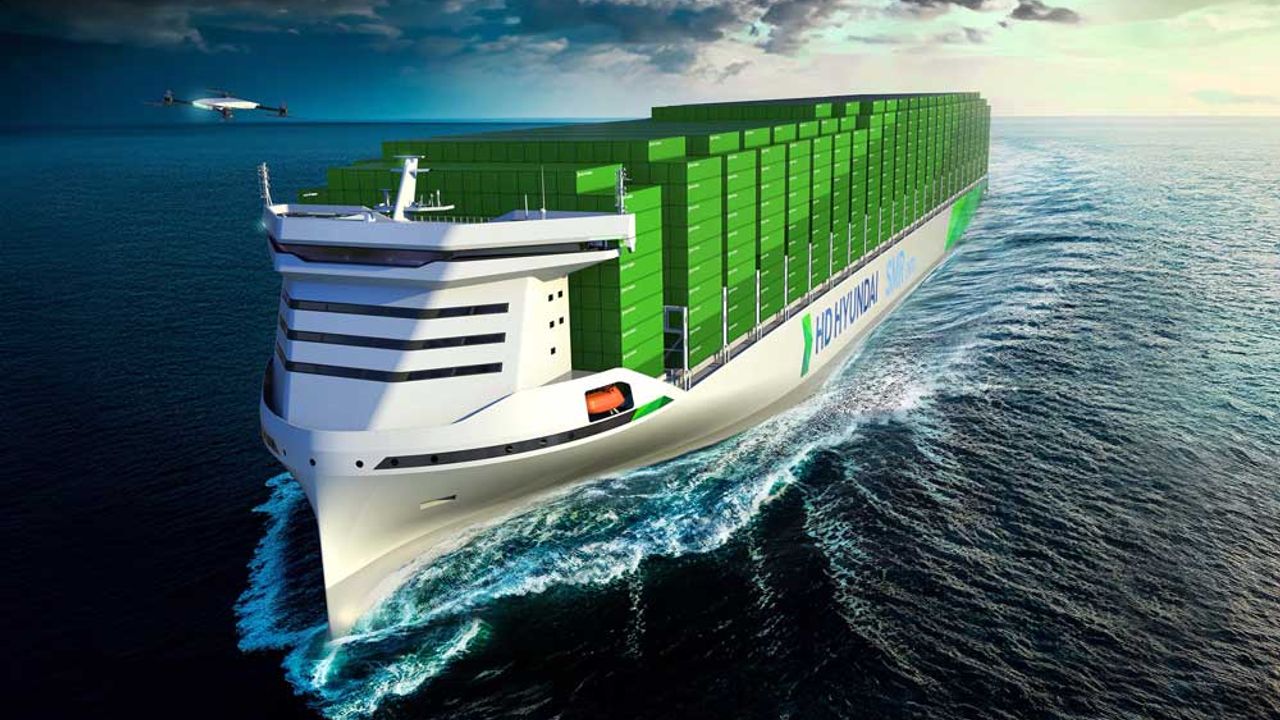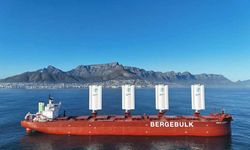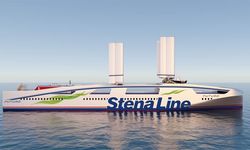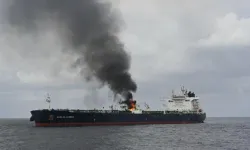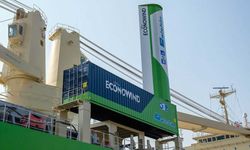Unlike conventional vessels, nuclear-powered ships do not require fuel tanks or engine exhaust systems. HD KSOE has repurposed space previously used for large engine room equipment to allow for increased container capacity. To ensure safety, the company has incorporated a marine radiation shielding system with a double-tank design made of stainless steel and light water.
In collaboration with energy technology firm Baker Hughes, HD KSOE has also developed a supercritical carbon dioxide-based propulsion system, which improves thermal efficiency by approximately 5% compared to traditional steam-based propulsion. The company plans to establish a marine nuclear demonstration facility at its Future Technology Test Center.
Game Changer
The design has received Approval in Principle (AiP) from the classification society ABS. Patrick Ryan, CTO of ABS, described nuclear-powered vessels as a potential "game-changer" in an industry moving toward carbon neutrality.
Since February 2023, HD KSOE has been advancing SMR technology through joint research with TerraPower. In December, the company secured a contract to manufacture key components for TerraPower’s Natrium reactor, currently under construction in Wyoming.
At the summit, Christopher Wiernicki, Chairman and CEO of ABS, emphasized nuclear technology’s role in shipping decarbonization. ABS released the industry’s first comprehensive rules for floating nuclear power in October 2023.
No Net-Zero by 2050 Without Nuclear,
“Nuclear propulsion eliminates the need for fuel bunkering over a vessel’s lifespan, increases cargo capacity, and enables higher transit speeds,” Wiernicki said. He also highlighted its potential for "reverse cold ironing," where ships could provide power to ports.
Addressing concerns over cost, Wiernicki argued that new nuclear technology can be competitive with fossil fuels when factoring in fuel costs, regulatory compliance, and long-term operational expenses.
“There is no net-zero by 2050 without nuclear,” he said.
